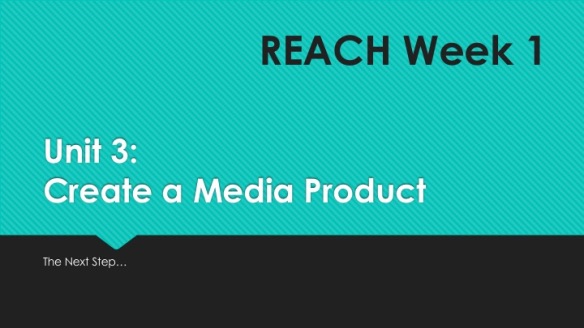
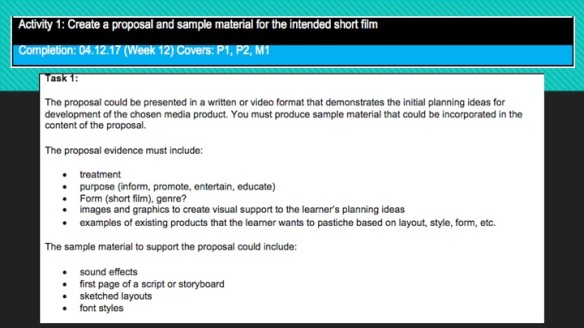
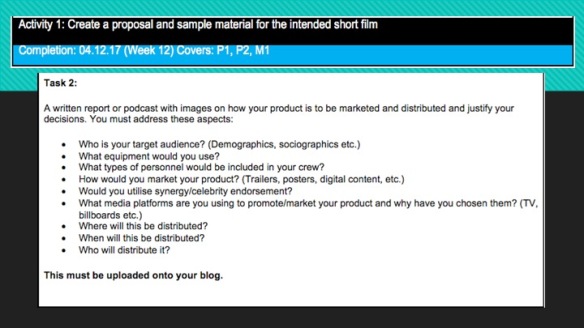
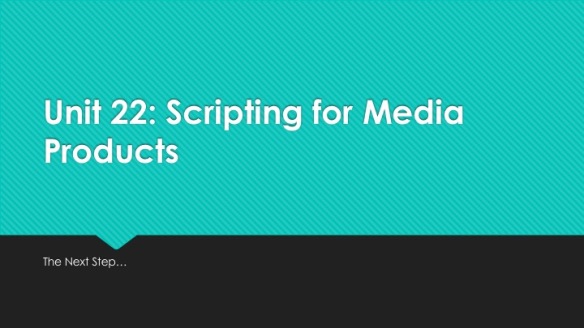
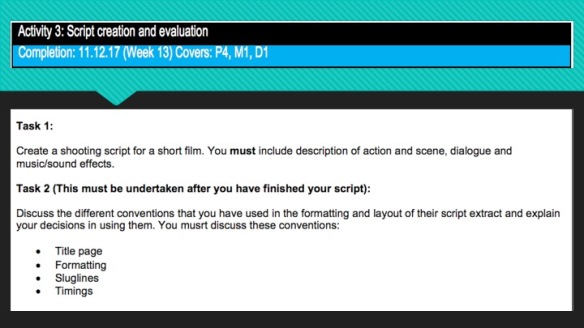
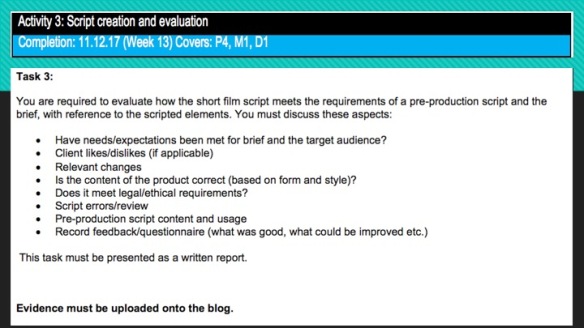
Bibliographies: Harvard APA Referencing
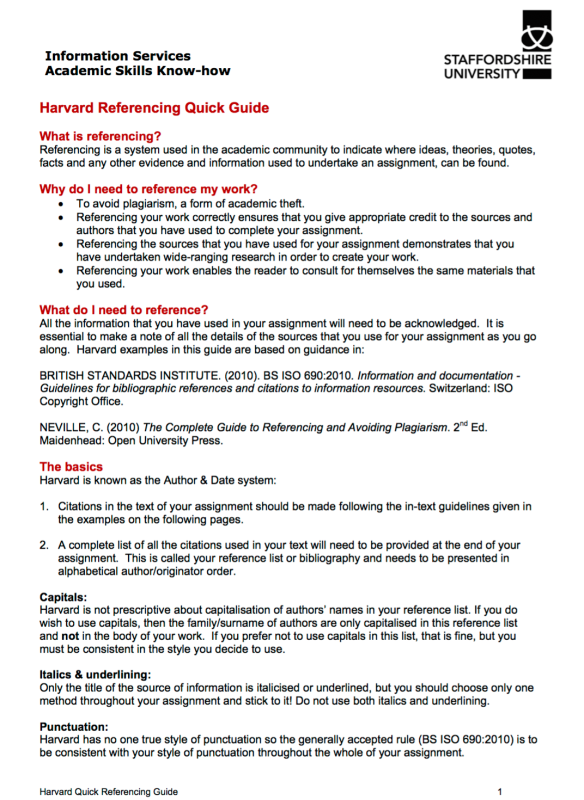
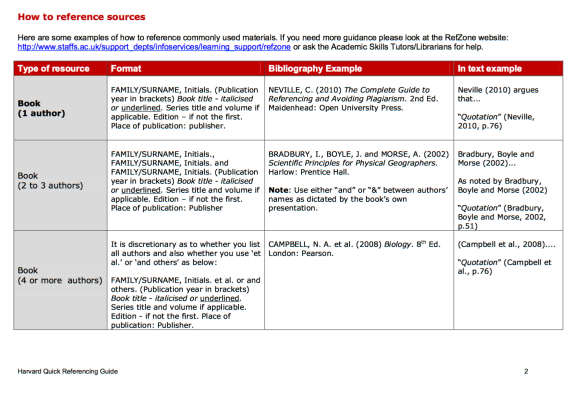
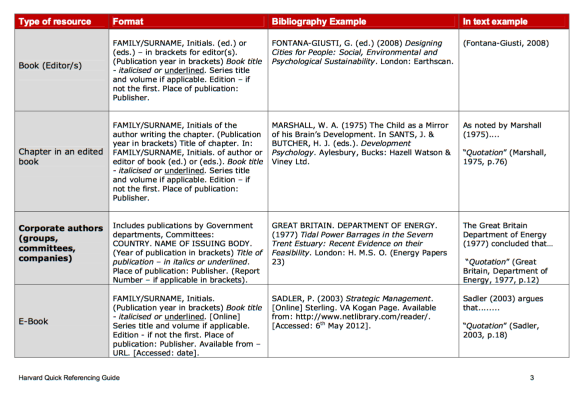
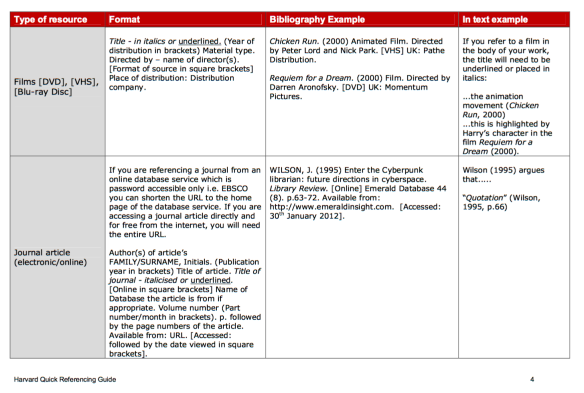
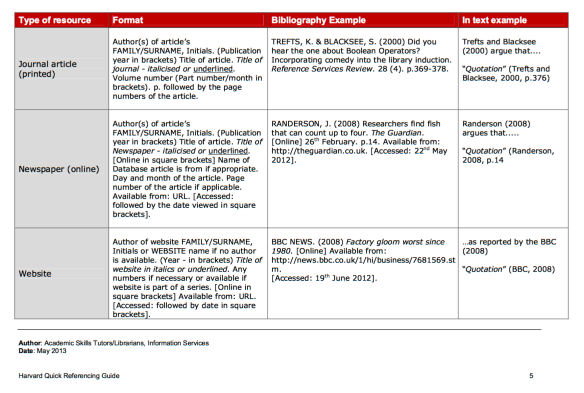
Media Studies Framework: Representation
Textbook Page 28-34.
Task 1: Define the each of the following key terms in no more than a sentence per term: Contexts, Representation, Stereotypes, Encode, Decode.
Task 2: Read this article about Disney Stereotypes:
http://www.therichest.com/rich-list/the-biggest/the-10-biggest-disney-controversies/
For what reasons might these beloved films be considered offensive? Give specific examples.
Do you agree with these statements?
Can you think of any Disney films that Challenge or Support this idea? – Discuss in pairs and add to your blog.
Task 3: What is mediation? How does mediation manipulate the way an audience may respond? Give ONE example of a news story to illustrate your point.
Theoretical Framework: Representation
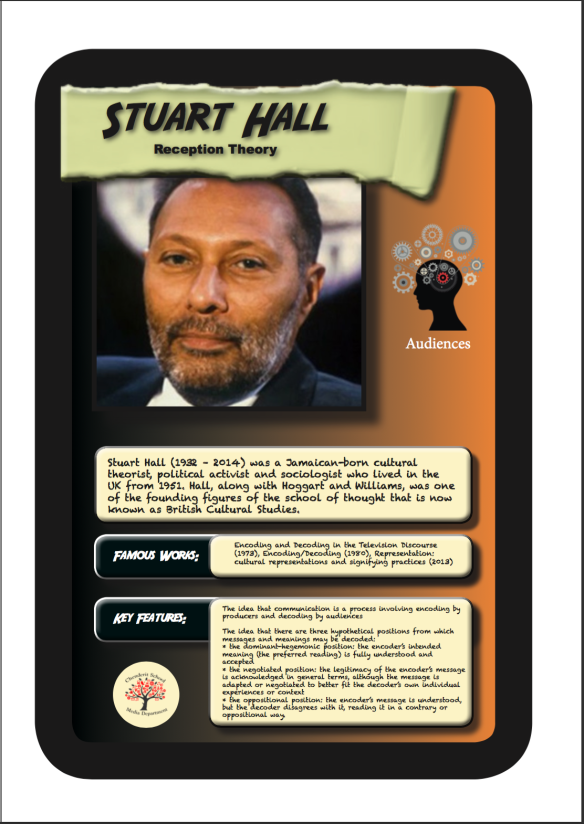
REPRESENTATION Theories of representation – Stuart Hall
(summarise on your Blog)
- The idea that representation is the production of meaning through language, with language defined in its broadest sense as a system of signs (Semiotics – See Roland Barthes)
- The idea that the relationship between concepts and signs is governed by codes
- The idea that stereotyping, as a form of representation, reduces people to a few simple characteristics or traits
- The idea that stereotyping tends to occur where there are inequalities of power, as subordinate or excluded groups are constructed as different or ‘other’ (e.g. through ethnocentrism).
Task 4: What effect may the repetition of particular representations within a media product have upon an audience? Give at least 2 examples.
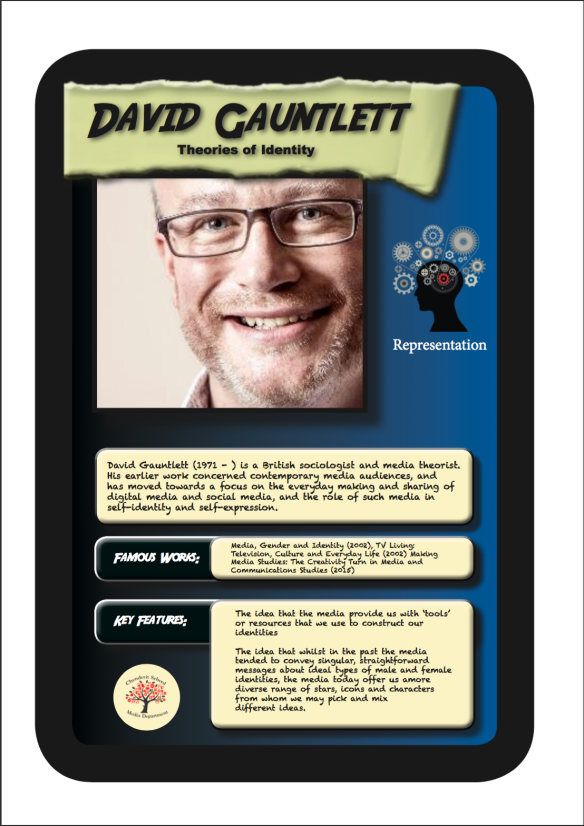 Theories of identity – David Gauntlett
Theories of identity – David Gauntlett
(summarise on your blog)
- The idea that the media provide us with ‘tools’ or resources that we use to construct our identities.
- The idea that whilst in the past the media tended to convey singular, straightforward messages about ideal types of male and female identities, the media today offer us a more diverse range of stars, icons and characters from whom we may pick and mix different ideas.
Task 5: What is self-representation? Give some examples of digital media platforms that offer the opportunity for self-representation.
Context and Purpose
Representation of Gender: Gender in the 1960s
Study these images below…
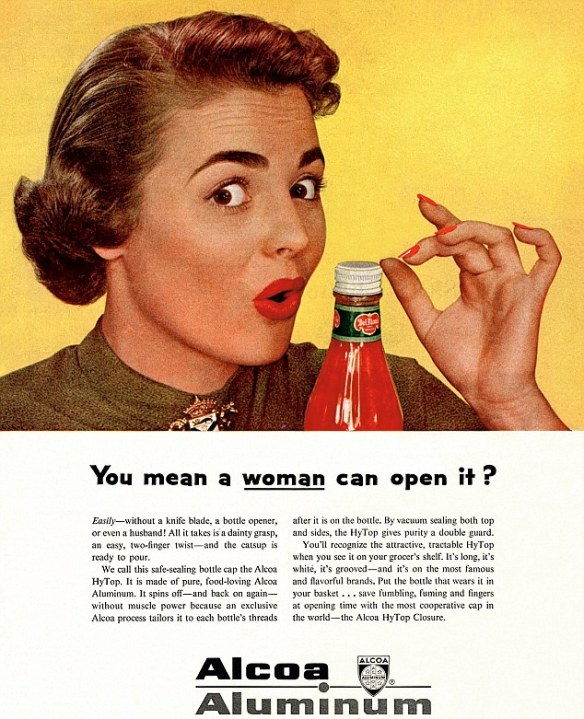
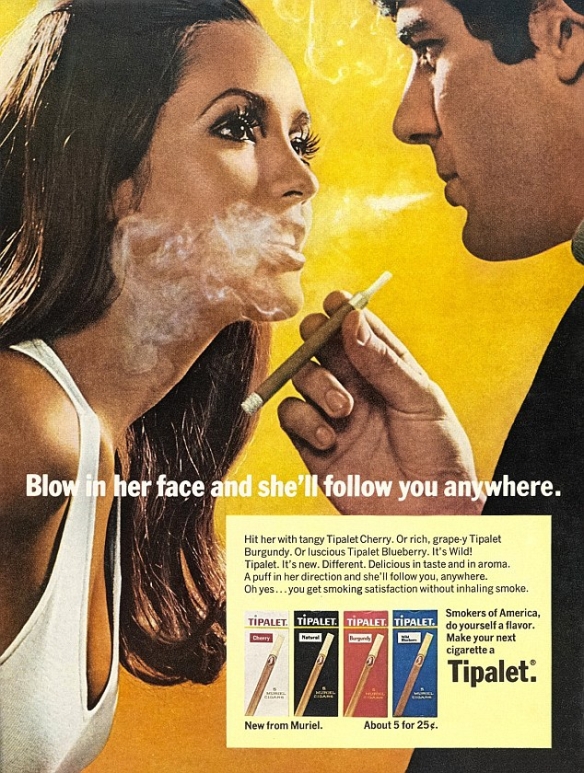
Task 6: How do the 1960s advertisements above reflect the representation of men and women at the time?
Task 7: Give at least 3 examples of representations of women that challenge these outdated stereotypes.
Louise’s Macro Resources
Study the resources below and apply the key theories to your film analysis.
If you have any questions please ask.
Remember you now have 3 lessons to complete this activity:
Deadline: Thursday 5th October.
How to Speak Movie: Micro Elements
How to Speak Movie: These short films will help you prepare for your Unit 1 Report.
Make sure that you make detailed notes, either by hand or using Word (post them to your blog) so you can refer back to them when analysing your film.
Part 1: Camera
Part 2: Mise-en-scene
Part 3: Editing
Sound
Short Films
For each short film:
- Write down FOUR aspects you thought were effective about the short film.
- Write down FOUR aspects you thought were not effective or could have been improved about the short film.
- Write down 2-4 aspects you would like to use for your own film that you are going to produce.
Create a new blog post called ‘Short Film Ideas’. Copy and paste the video URLs to your blog and your responses to Tasks 1-3. Don’t forget to Publish it when you’re done!
Revision Help
Between now and the exam: PRACTICE! PRACTICE! PRACTICE!
You know what you know, so now it’s time to focus on your planning and answering technique. ANSWER THE QUESTION
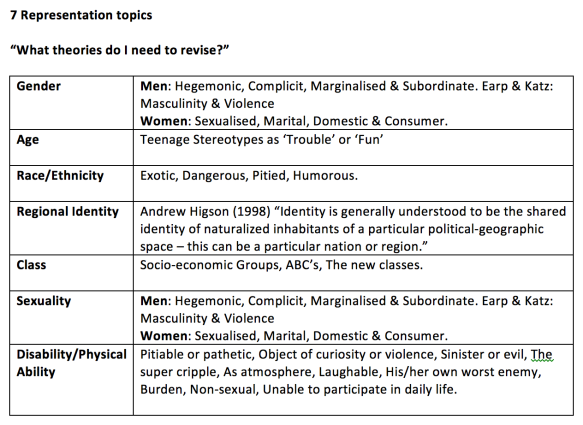
“What Key Terms do I need to Revise?”
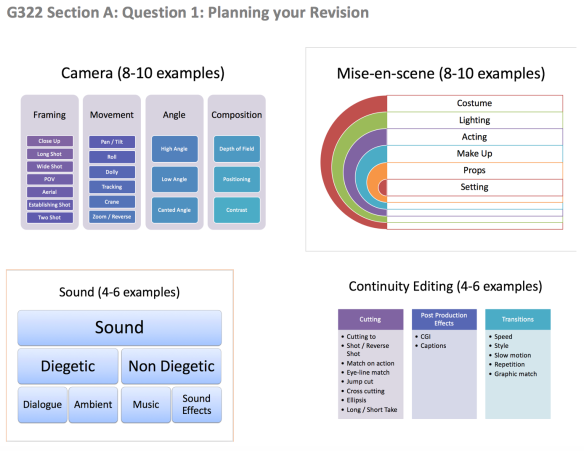
This is a great website and it shows you how to put together a good response for Section A: TV Drama Analysis
http://www.alevelmedia.co.uk/g322
Practice PEA!
Here’s a playlist of TV drama sequences to practice on between now and Thursday:
Have a go at making notes during the extracts. Repeat the viewing 3-4 times!
Section B: Institutions and Audiences
What to include in your exam answer
You should collect notes, facts and quotes for Eon Productions and Between the Eyes/Film London Microwave making reference to films by both companies (we should aim to have two films per Production Company). You should be prepared to compare E and BTE/FLM in your exam answer stating differences/ similarities between them in Production/ Distribution/ Marketing/ Exhibition.
Production
- Who is responsible for production (companies, names, style of company etc.)?
- Type of institution (in line with the BFI categories)
- Money (funding, budget, overall expenditure, predicted revenue and revenue)
- Filming (how is it filmed in today’s ever changing media – cameras/ film reel/ HD, DV)
- Type of story (is it typical to the production company, what type of genre, does it fulfil a real representation of Britain?)
- Stars (celebrity, typical to that company)
- Directors (well known, unknown, style)
Distribution
- Companies (who are they owned by, who are they associated with, how do they fit into the BFI categories)
- Cinema (how is the film distributed to cinemas, what is the impact of digital technology?)
- DVD/ BLU Ray (how are these distributed and by who, what is the impact of digital technology?)
- Internet (what changes has this made to distribution)
- Convergence (how does this affect distribution)
- Piracy (how will digital technology impact on this, how does this affect distribution?)
Marketing
- Audience (this should be clearly researched – who is the target audience, what strategies to advertising companies use to reach audiences, how do audiences make decisions on the films they watch?)
- Synergy (what impact does this have on marketing of a film?)
- Advertising (how is a film advertised, what expense would be spent, what impact does advertising have on the success of a film?)
- Internet (how has digital technology changed the marketing of a product?)
Exhibition
- Digital Technology (how does this impact on the way we view a film- in cinemas and out?)
- 35mm film (who uses this to show a film and why?)
- Hollywood vs. British Film (what do people in the UK ultimately want to watch and why, what is the ratio of Brit to US films on offer at a cinema, how long is the run time of a Brit film compared to US?)
And Finally…
The Night Before Exam
-
Get some rest, set yourself a small, achievable revision target so that you feel like you’ve achieved something and are more relaxed.
-
Eat well and keep hydrated – save the boozing for after the exam period.
-
A good breakfast will sustain you, not too much sugar otherwise you’ll hit a low in the exam.
-
Remember that the examiner has a mark scheme for the question you’re answering – answer the question!
-
If a question baffles you, don’t panic, just examine it and underline the key words. Ask yourself what it could be asking and define this in your intro. It’s your essay!
-
Brief plans help, either bullet point forms or even mind maps/spider diagrams can give you a visual reference point/aid.
-
Avoid waffling or adopting a chatty/informal tone with the examiner. He/She is not your best mate and probably despises children, only marking exam scripts to support their addictions or fund their latest DIY project. Use good English, impress them with accurate referencing and present your work neatly.
-
Take a pen you’re comfortable using with you (and carry a spare!)
-
Review your time during the exam, have your own watch and be strict about answering questions within time limits. If this is a weakness, answer the questions that carry most marks first.
-
Check over your essay five minutes before the end of the paper. Use bullet points and asterixes * to add additional information or give clarity to important points.
-
Dress comfortably – exam halls can either be cold or sweaty. Tissues are always useful to have.
-
Don’t talk to students who are or appear more academic than you, before or after the exam – partly because it’s all intellectual bravado (see The Apprentice) and partly because it can affect your confidence levels. No-one likes exams except the businesses who print the recycled exam answer booklets you write on.
-
Go away, cool off and relax before telling someone that they answered the exam wrong
Section B: Example of a Micro Plan
Once you’ve unpicked the question you can create a quick plan.
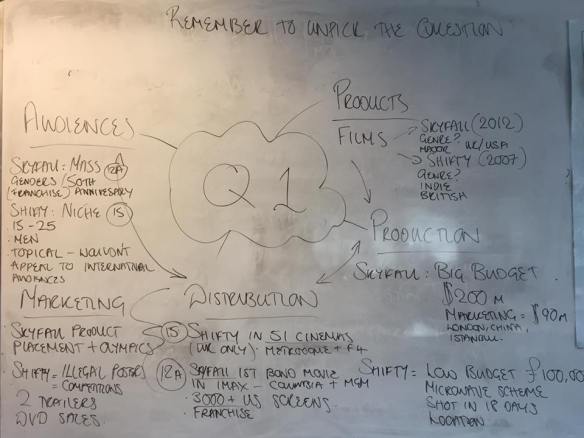
AS Media Studies B Block (8.30am – 10.40am)
Key Questions: Read through the slides and summarise your answers to the following questions on your blog.
- What is social class?
- What is status?
- What are the new classes?
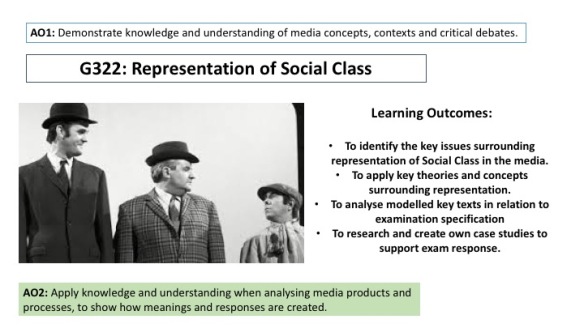
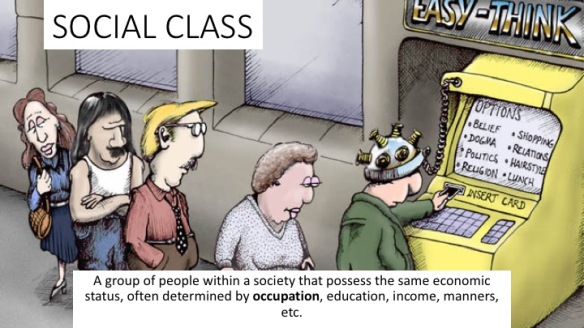
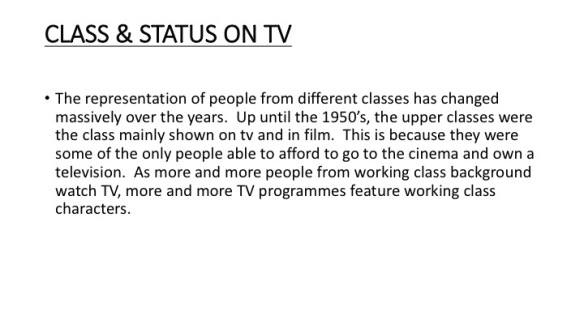
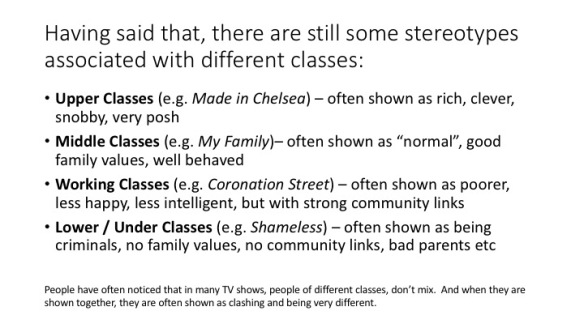
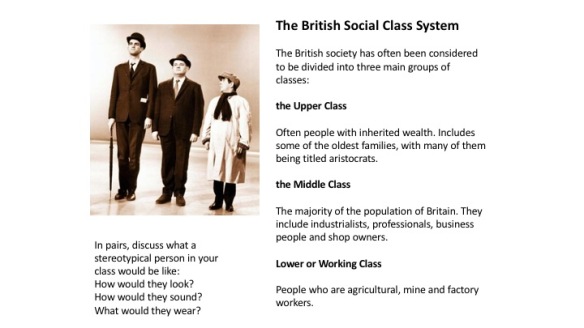
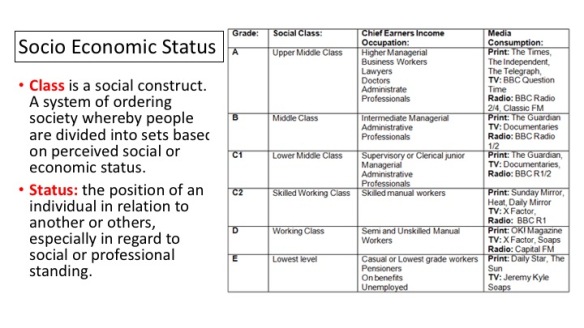
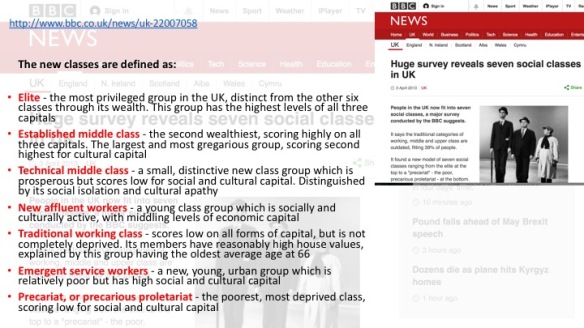
Task 1: EDITING follow the instructions below and post your findings to your blog.
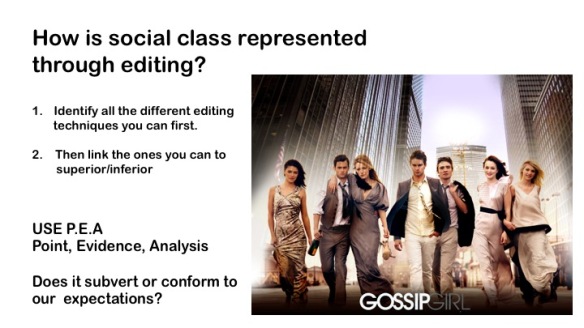
Task 1 EDITING (extension task) follow the instructions below and post your findings to your blog.
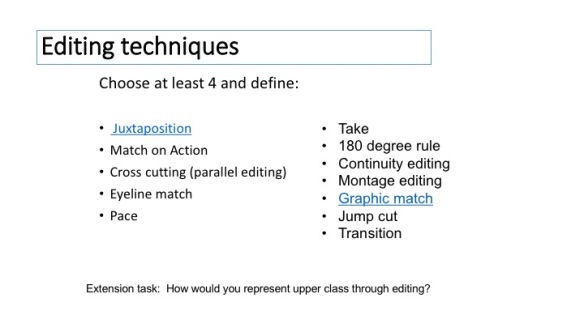
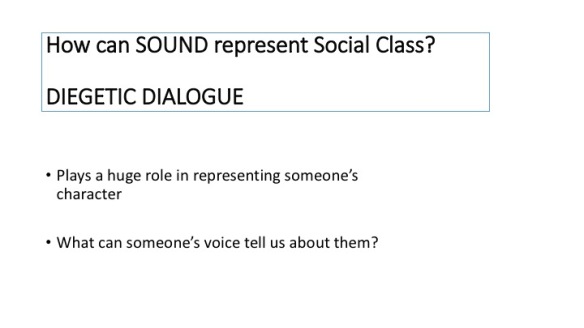
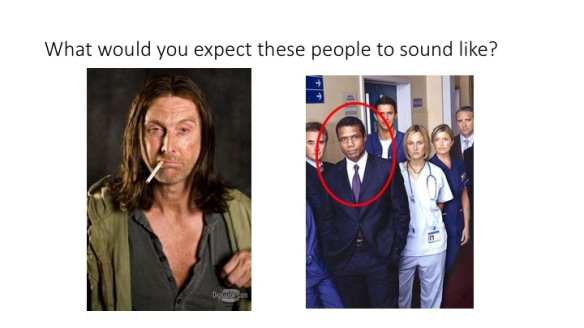
Task 2 SOUND follow the instructions below and post your findings to your blog.
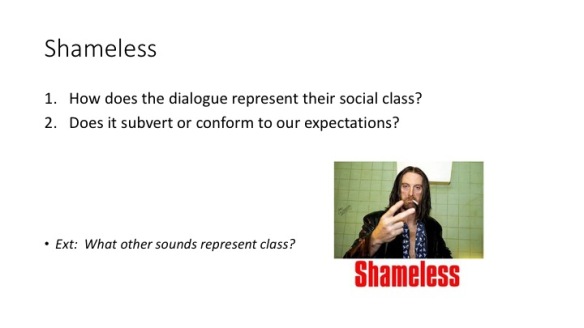
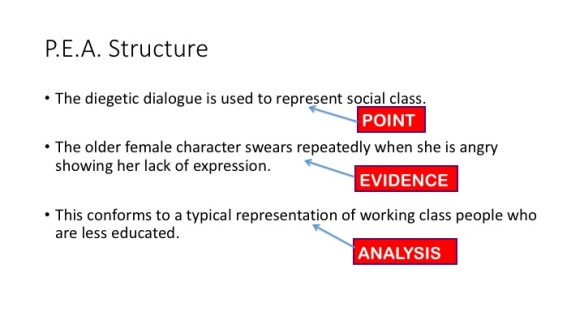
Task 3 EXAM PRACTICE
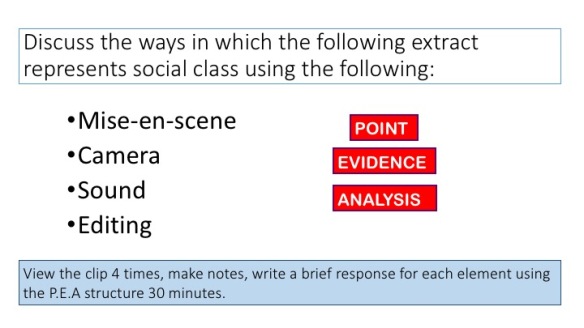
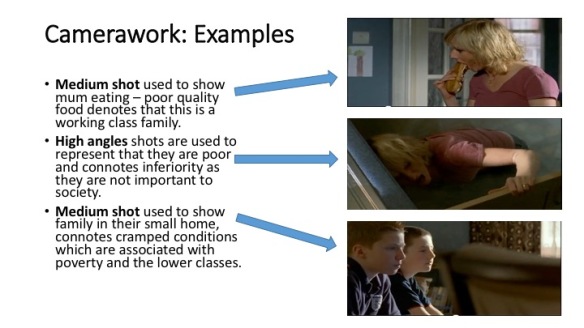
HOMEWORK: Choose one of the classes: Upper, Middle, Lower –
Write 50 words on how they would be typically represented through all 4 micro elements
AS Media Studies E Block (11am – 1.10pm)
EXAM PRACTICE: Final Exam Thursday 18th May 2017 (Morning)
Discuss the ways in which the following extracts represent DISABILITY and CLASS using the following:
- Mise-en-scene: 6 Examples (Costumes, Lighting, Actors, Make-up, Props, Setting)
- Camera: 4 Examples (Shot Types, Angles & Movement)
- Sound: 3 Examples (Diegetic & Non-diegetic)
- Editing: 3 Examples (Continuity, Transitions, SFX)
Instructions:
- View the clips 4 times each
- Make notes
- Write a brief response for each element using the Point (KEY TERMS) Evidence (EXAMPLE FROM CLIP) Analysis (CONNOTATIONS) structure (3 x 30 minutes).
DISABILITY
CLASS
Post your planning to your blog.
Homework: AGE
